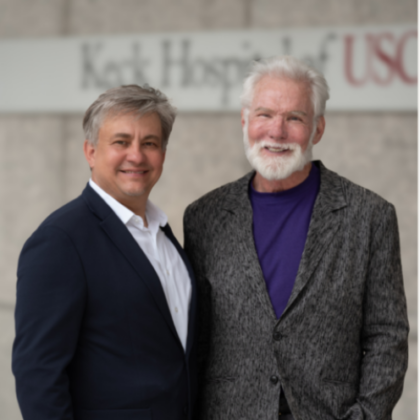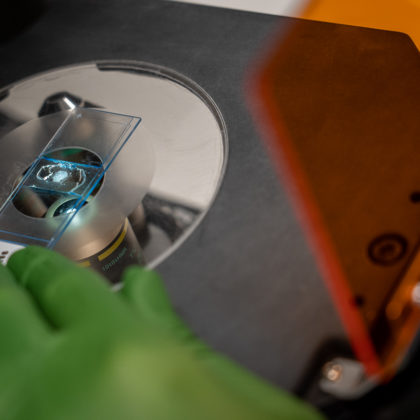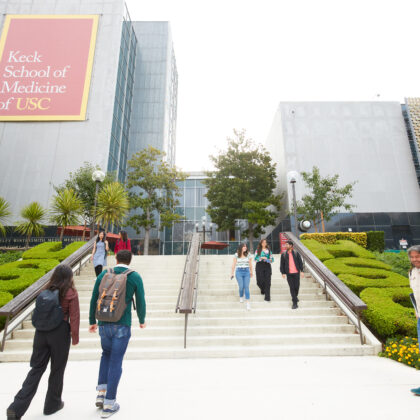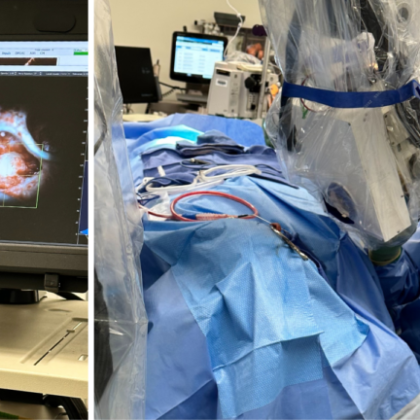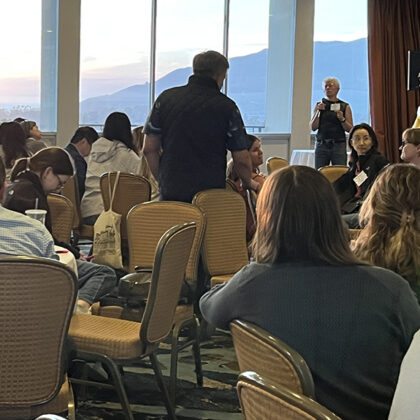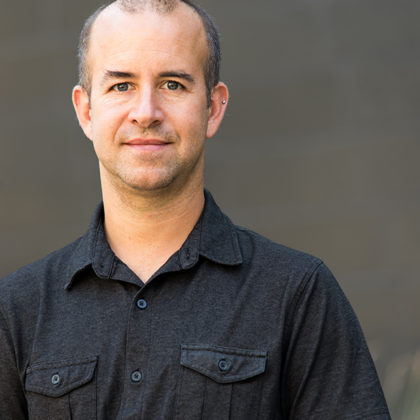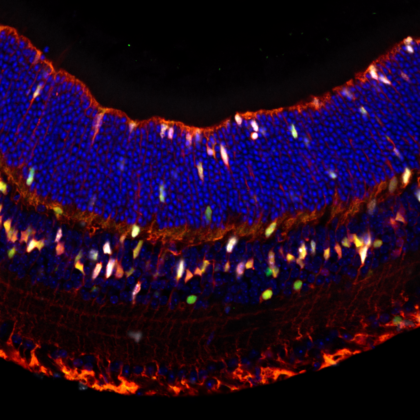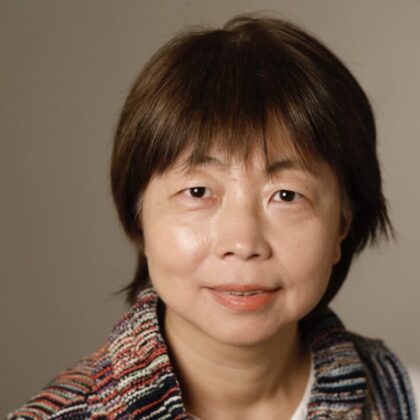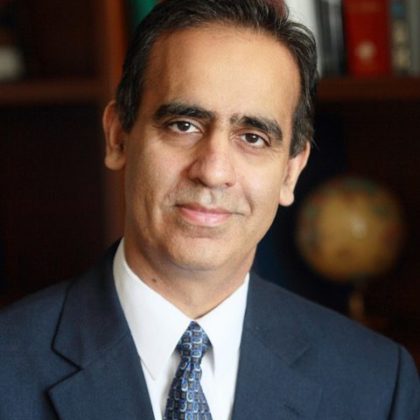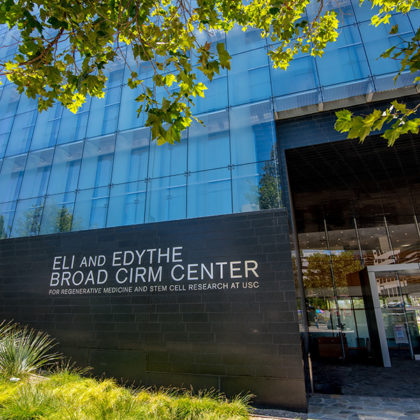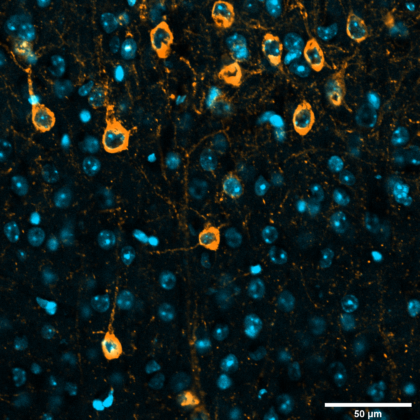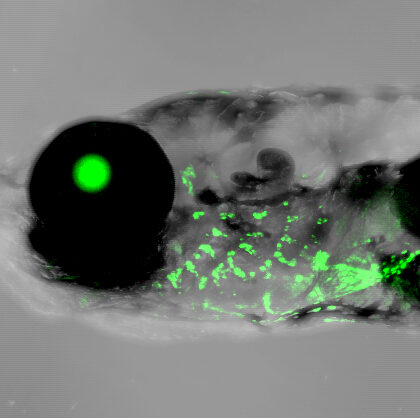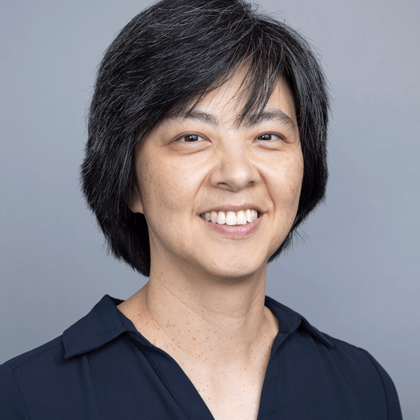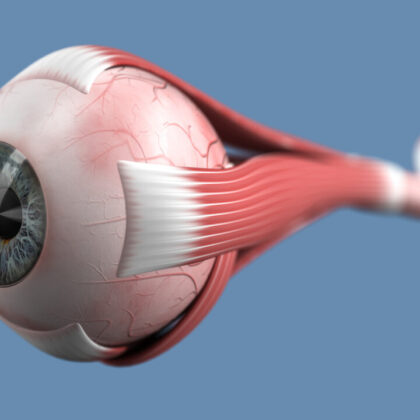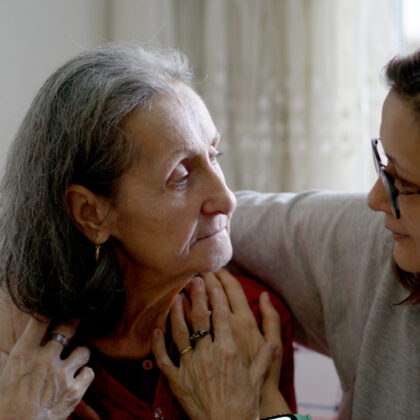R. Rex and Carrol Parris make $10 Million gift to launch USC Longevity Research Accelerator at Keck School of Medicine
Experts in engineering, gerontology and stem cell research will collaborate to find treatments for age-related conditions like osteoarthritis and cardiovascular disease. Keck School of Medicine of USC will launch a new research …
2025 Call for Applications: NIH T32 PhD Fellowships in Developmental Biology, Stem Cells, and Regeneration
All PhD students who are conducting research related to developmental biology, stem cell biology, and/or regenerative medicine are encouraged to apply for a training fellowship. We have two slots available for a …
Guided by COMPASS, USC undergraduates navigate stem cell research at inaugural symposium
Thirty undergraduates gathered to share their research at the first year-end symposium for USC CIRM COMPASS, a comprehensive two-year program designed to prepare juniors and seniors for careers in stem cell biology …
Meet the nine scholarship winners in USC’s stem cell master’s program
This year, philanthropic giving supported scholarships for nine students in USC’s master of science (MS) program in stem cell biology and regenerative medicine. Launched in 2014 as one of the only programs …
USC team develops a powerful new analytical tool to advance CAR T cell therapy research
The comprehensive analytical platform uses laser technology to analyze CAR T cells and has already revealed ways to optimize their manufacturing, including how to identify when CAR T cells are likely to …
An innovative approach to hearing loss: John Oghalai receives R01 grant for OCT imaging of the human inner ear
Over 615,000 people in the United States alone are affected by Meniere’s disease, a problem of the inner ear that can lead to vertigo (dizziness) and hearing loss, and many more experience …
Getting lost in translation—the clinical kind—at USC’s stem cell retreat
At the retreat for USC’s Department of Stem Cell Biology and Regenerative Medicine, newly appointed leader Chuck Murry shared a vision as sweeping as the panoramic view of the Pacific Ocean from …
Gage Crump receives the 2025 USC Provost Mentoring Award
Gage Crump, professor and vice-chair of the Department of Stem Cell Biology and Regenerative Medicine and Stem Cell Research at the Keck School of Medicine of USC, will be honored with the …
New “smart” immune cells: A breakthrough for long-lasting tumor destruction
USC Viterbi researchers have engineered a new immune cell that when activated by ultrasound can continuously sense and destroy cancer cells for extended periods. Imagine a super-charged immune cell that can launch …
USC Stem Cell mouse study identifies shared genes involved in hearing and vision regeneration
The same genes could hold the key to regenerating cells in the ear and eye, according to a new mouse study from the USC Stem Cell laboratory of Ksenia Gnedeva, published in …
AAAS elects Keck School of Medicine of USC molecular biologist Yali Dou as 2025 fellow
Dou has broken new ground in the basic understanding of an enzyme that can cause leukemia and other cancers, and harnessed that knowledge at USC to develop potential therapies. Molecular biologist Yali …
Two USC innovators—Preet Chaudhary and Michael Selsted—honored by the National Academy of Inventors
Harnessing the body’s natural defenses, these researchers are advancing the future of immune-based treatments to develop breakthroughs in treating diseases ranging from rheumatoid arthritis and sepsis to cancer. Two researchers from the …
2025 Call for Applications: CIRM Clinical Research Fellowship in Stem Cell Biology and Regenerative Medicine
We have 1-year positions with a 1-year renewal option available for clinical trainees interested in conducting research related to stem cell biology and/or regenerative medicine in one of the leading labs at …
How to clear the toxic tau protein that can lead to Alzheimer’s and related diseases
USC Stem Cell scientists discover a new way to rid cells of toxic tau protein in a study involving mice and lab-grown human “mini-brains,” known as organoids. The neurotransmitter glutamate is essential …
Nerve fibers in the inner ear adjust sound levels and help compensate for hearing loss in mice, study finds
Researchers from the Keck School of Medicine of USC, in collaboration with Baylor College of Medicine in Houston, Texas, used an innovative imaging tool to examine the mouse inner ear and made …
Gerontology Dean Pinchas Cohen named senior member of the National Academy of Inventors
Cohen, an expert on mitochondrial microproteins and their therapeutic potential for diseases related to aging, holds several patents for novel peptides. Pinchas Cohen, Dean of the USC Leonard Davis School of Gerontology, …
An earful of gill: USC Stem Cell study points to the evolutionary origin of the mammalian outer ear
The outer ear is unique to mammals, but its evolutionary origin has remained a mystery. According to a new study published in Nature from the USC Stem Cell lab of Gage Crump, …
Revolutionizing heart care for newborns
Ellis Meng’s team pioneers non-invasive shunt monitoring to improve survival rates for young patients with congenital heart defect. In pediatric cardiology, every heartbeat counts, especially for the one in 4,000 newborns born …
Up to $47 million award supports collaborative eye transplant research co-led by USC
An ambitious endeavor to restore sight unites the Keck School of Medicine of USC with the University of Colorado Anschutz Medical Campus and several other institutions from academia and beyond. A federal …
USC selected to receive $3.4 million award from ARPA-H’s Sprint for Women’s Health
The grant will fund Keck School of Medicine of USC research to test an innovative therapy to slow age-related cognitive decline. A team of researchers at The Keck School of Medicine of …
